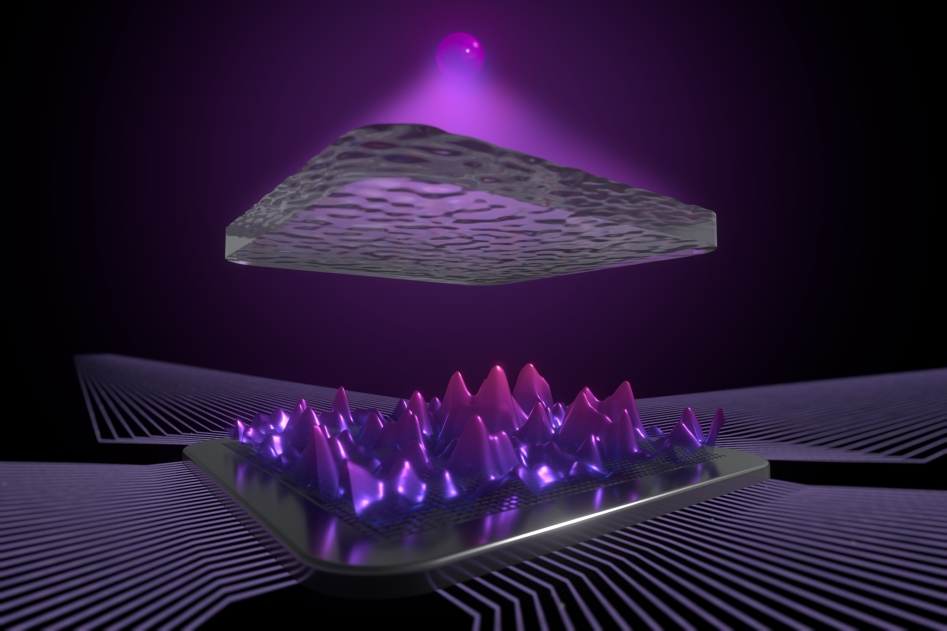- Share
- Share on Facebook
- Share on X
- Share on LinkedIn

Waves propagating through disordered media generate highly complex interference patterns. This phenomenon hinders the use of conventional imaging approaches (such as optical microscopy or ultrasound microscopy) in complex environments, thus constituting a major challenge for biological imaging. Addressing this difficulty requires a deeper fundamental understanding of wave propagation in such media.
Over the past decades, shaping incident waves in space and time has proven to be a powerful strategy for controlling and enhancing wave energy inside strongly scattering materials. In our group, we extend this idea by aiming to control and maximize the information contained in the scattered waves that we measure. To achieve this, we combine conceptual frameworks from wave theory and information theory, and we carry out experimental demonstrations in optics and acoustics using advanced wavefront shaping technologies.
References:
-
D. Bouchet, S. Rotter, and A. P. Mosk, Maximum information states for coherent scattering measurements, Nature Physics 17, 564–568, 2021.
-
D. Bouchet, L. M. Rachbauer, S. Rotter, A. P. Mosk, and E. Bossy, Optimal Control of Coherent Light Scattering for Binary Decision Problems, Physical Review Letters 127, 253902, 2021.
-
I. Starshynov, M. Weimar, L. M. Rachbauer, G. Hackl, D. Faccio, S. Rotter, and D. Bouchet, Model-free estimation of the Cramér–Rao bound for deep learning microscopy in complex media, Nature Photonics 19, 593–600, 2025.
People involved
Emmanuel BOSSY
Dorian BOUCHET
Philippe MOREAU
Irène Wang
- Share
- Share on Facebook
- Share on X
- Share on LinkedIn